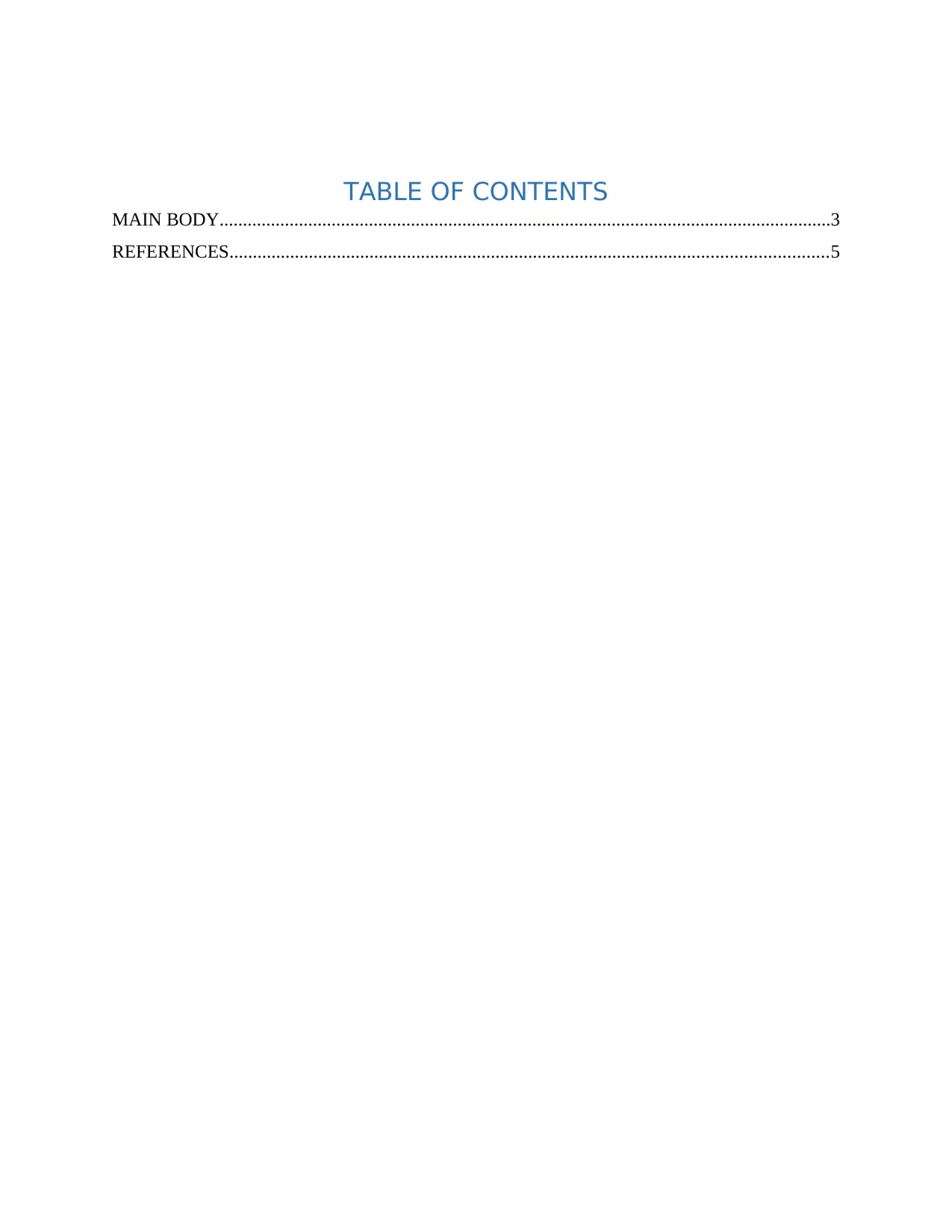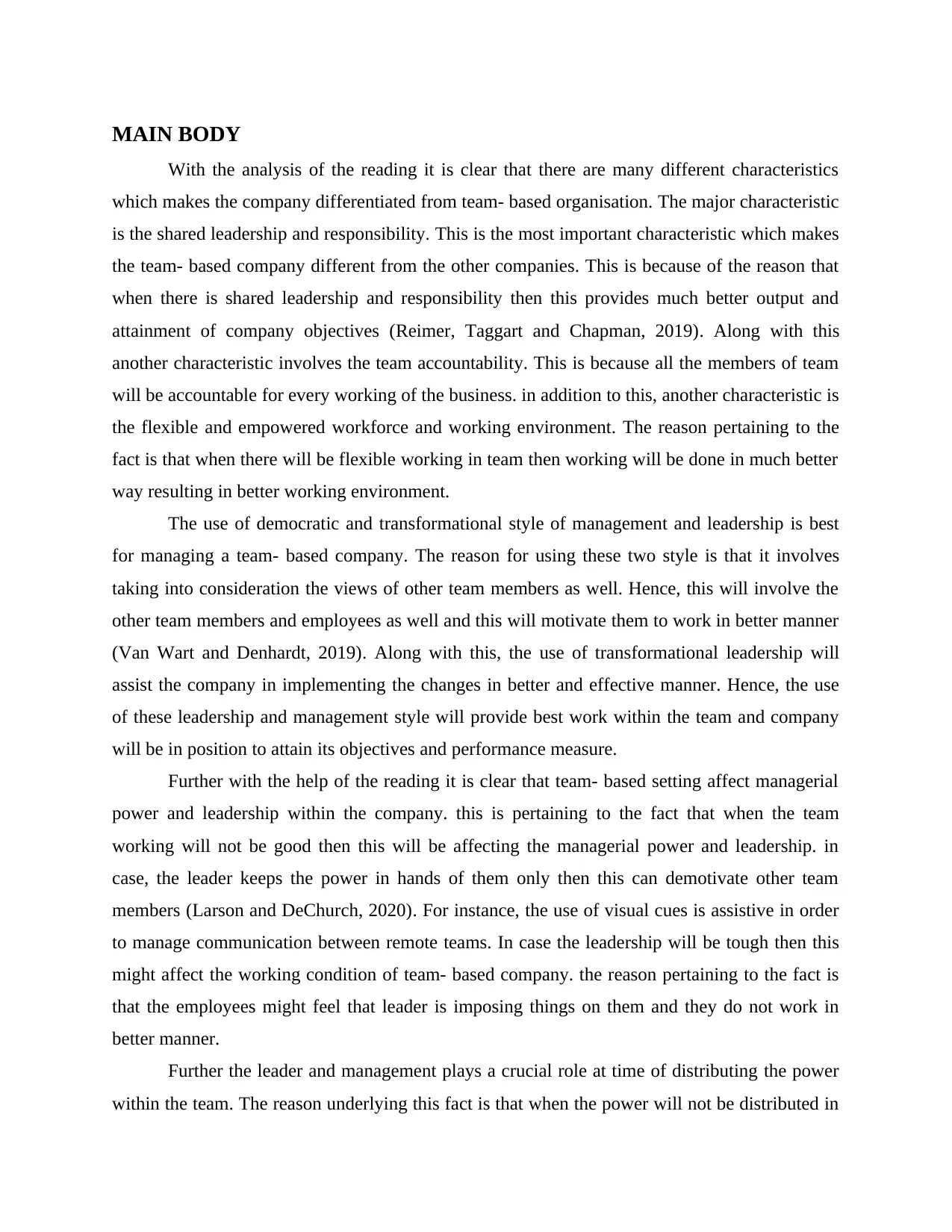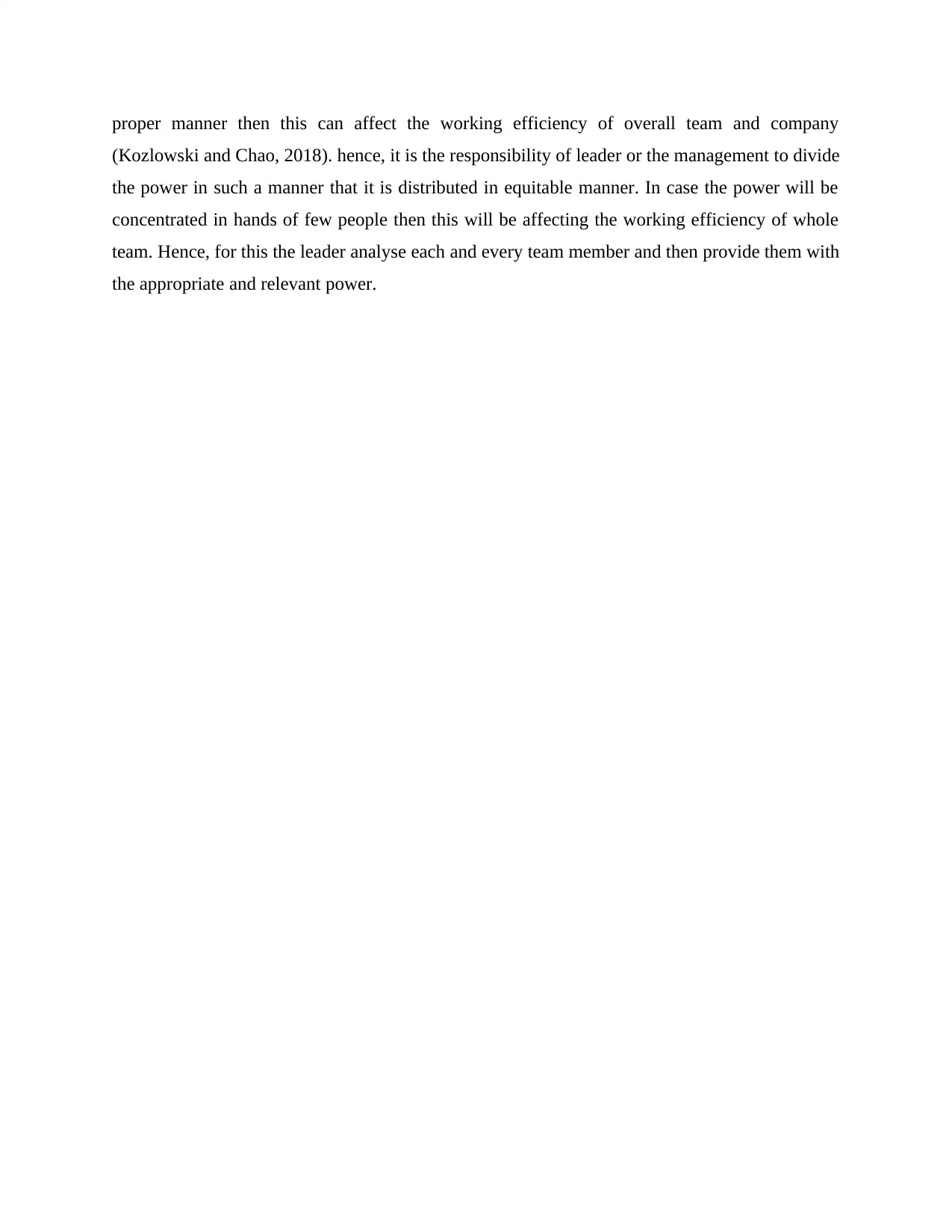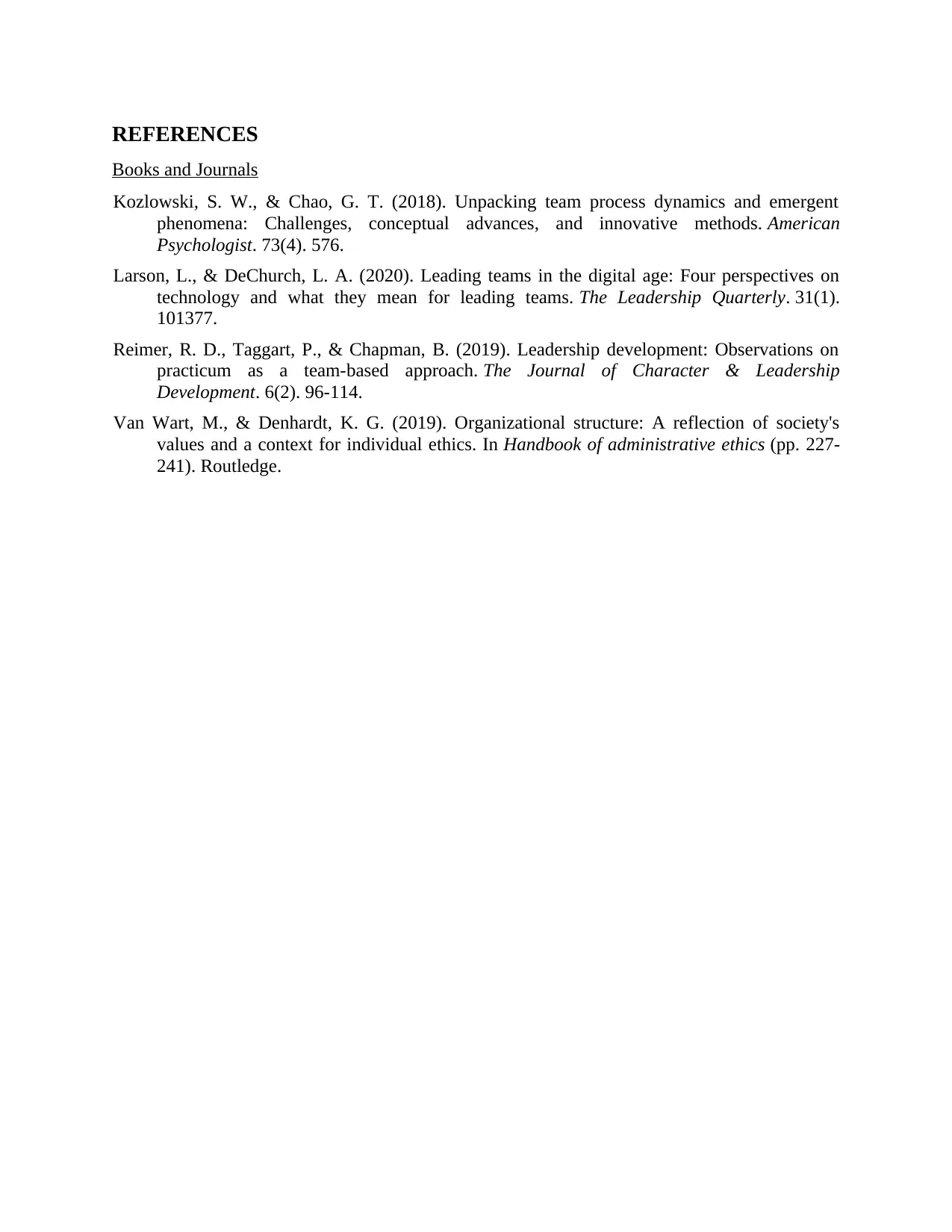Characteristics of Team-Based Organizations and Leadership Impact
VerifiedAdded on 2023/06/12
|5
|754
|297
Case Study
AI Summary
This case study analyzes the characteristics that differentiate team-based organizations, emphasizing shared leadership, team accountability, and a flexible workforce. It highlights the importance of democratic and transformational leadership styles in fostering collaboration and achieving company objectives. The study also examines how team dynamics affect managerial power, stressing the need for equitable power distribution to maintain team efficiency. Effective communication strategies, particularly for remote teams, are discussed, underscoring the role of leadership in creating a supportive and productive environment. The document concludes by referencing books and journals that support the analysis of team dynamics and leadership in modern organizations, with the aim of enhancing overall team performance and company success. Desklib provides past papers and solved assignments for students.
1 out of 5











![[object Object]](/_next/static/media/star-bottom.7253800d.svg)